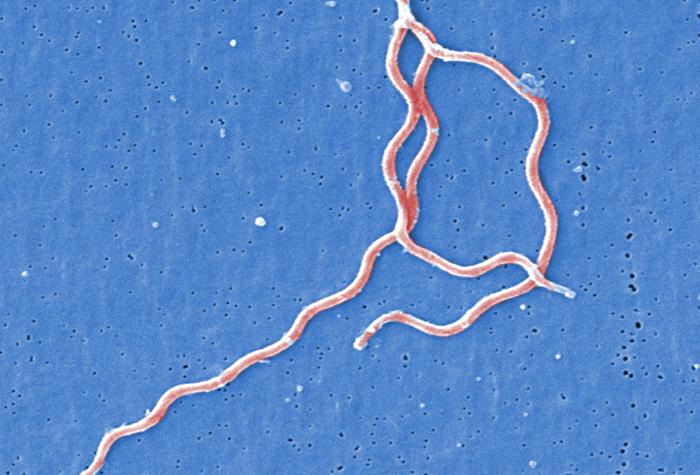Very technical, but some readers may find this interesting. I found this on a medical doctor and chronic disease research listserv. It caught my attention because I have recently been read diagnosed with Babesia.
-Bob
This describes the process of Malaria organisms living and dying, the red blood cell involvement and the affect of a drug called chloroquine on Malaria- which is similar to Babesia. It may help those who have Babesiosis to know the organism eventually drowns in its own waste products, a fitting death for such a wicked parasite if you ask me.
Antimalarial
Hemozoin formation in P. falciparum: many antimalarials are strong inhibitors of hemozoin crystal growth.
Inside red blood cells, the malarial parasite, which is then in its asexual lifecycle stage, must degrade hemoglobin to acquire essential amino acids, which the parasite requires to construct its own protein and for energy metabolism.
Digestion is carried out in a vacuole of the parasitic cell.
Hemoglobin is composed of a protein unit (digested by the parasite) and a heme unit (not used by the parasite).
During this process, the parasite releases the toxic and soluble molecule heme.
The heme moiety consists of a porphyrin ring called Fe(II)-protoporphyrin IX (FP).
To avoid destruction by this molecule, the parasite biocrystallizes heme to form hemozoin, a nontoxic molecule. Hemozoin collects in the digestive vacuole as insoluble crystals.
Chloroquine enters the red blood cell, inhibiting the parasite cell and digestive vacuole by simple diffusion. Chloroquine then becomes protonated (to CQ2+), as the digestive vacuole is known to be acidic (pH 4.7); chloroquine then cannot leave by diffusion.
Chloroquine caps hemozoin molecules to prevent further biocrystallization of heme, thus leading to heme buildup. Chloroquine binds to heme (or FP) to form the FP-chloroquine complex; this complex is highly toxic to the cell and disrupts membrane function.
Action of the toxic FP-chloroquine and FP results in cell lysis and ultimately parasite cell autodigestion.
In essence, the parasite cell drowns in its own metabolic products.[27]
Parasites that do not form hemozoin are therefore resistant to chloroquine.[28]










